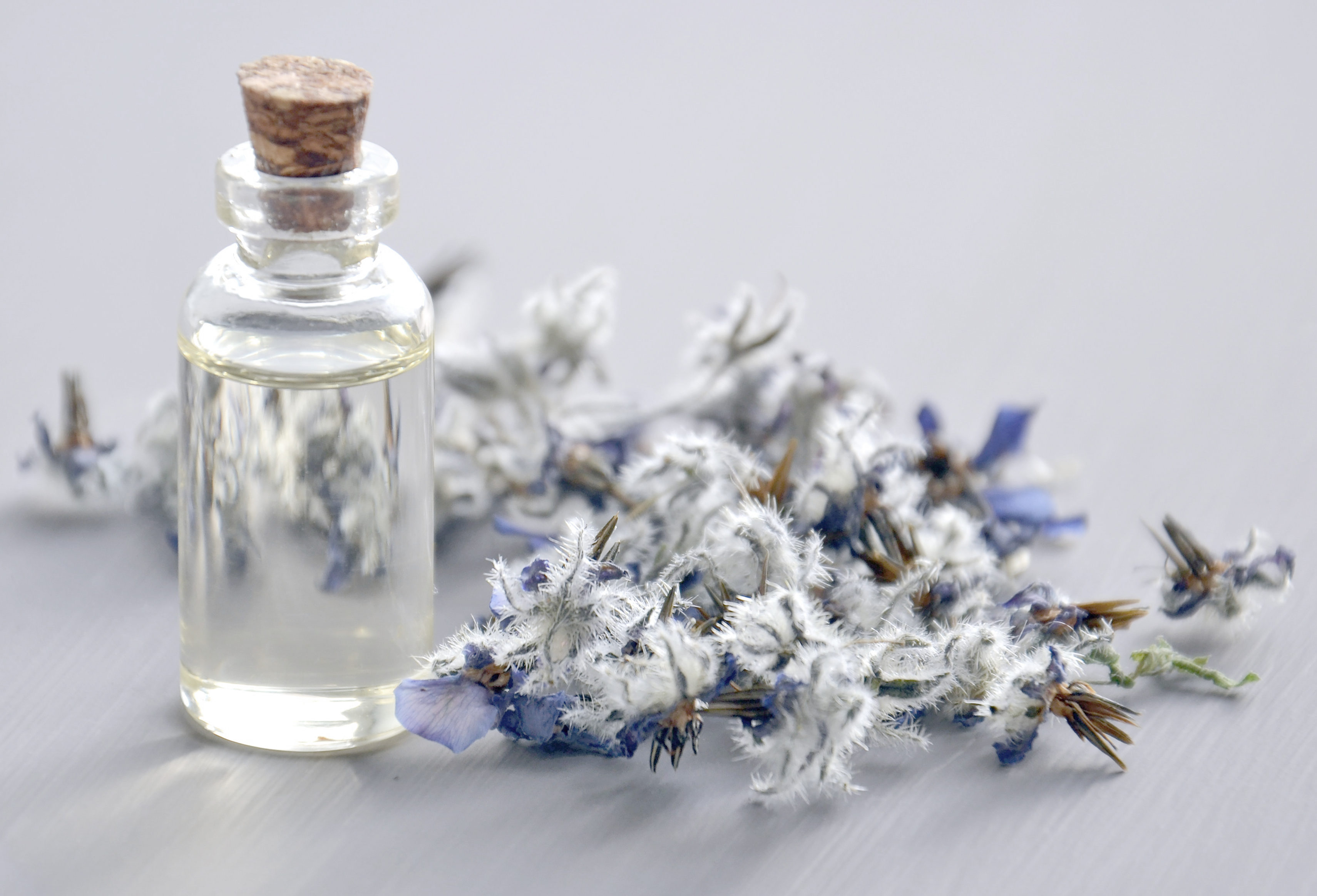As the summer starts to wind down, the temperatures are becoming perfect for a good walk or a nice hike along the beautiful forests and lakes in the Garden State. Now, push that beautiful picture aside from your mind just for a moment and let’s talk about this tiny creature that you don’t want cross paths with: Ticks! Run to the nearest groceries store and grab a bottle of repellent, quick! Well, not so fast… when I read something that says: “There is no reliable sources that deet causes cancer,” I start to wonder, and for sure I prefer a natural alternative.
As a Clinical Certified Aromatherapy Practitioner (CCAP), my recommendation for ticks would be very simple: blend two Essential Oils (EOs) that the smell appeals to you with an unscented natural lotion or baby oil and apply to your body every 20-30 minutes during your walk/hike. EOs chemistry is very volatile (the therapeutic components evaporate and lose its power quickly) that is why you need to re-apply frequently. In my opinion, True Lavender (Lavandula angustifolia) is the most versatile of the EOs, and a must have. However, there other oils that based on chemistry are good repellents for ticks, and here is a list of a few that you should keep in mind:
- Cedarwood
- Citronella
- Eucalyptus
- Lemon grass
Using EOs or blending them at home requires knowledge of their chemistry, safety including storage out of the reach of children, not using undiluted on your skin, understanding potential for allergic reactions and toxicity levels, etc. Some organic stores sell the repellents ready to use, but you should be savvy when reading the labels of products before you buy them. Understanding the difference between synthetic fragrances and organic EOs is also important. Something that “smells like” or is marketed as “aromatherapy” does not mean that it is aromatherapy.
You can set up an appointment with me on my website by clicking on the following link: https://www.massagebybertone.com and I’ll give you much more information about the Essential Oils and teach you how to safely blend them. I’ll share information about the endorsed vendors by the Alliance of International Aromatherapists (AIA), a reliable organization in which I’m member. Here is some information about safety from AIA: https://www.alliance-aromatherapists.org/aromatherapy-safety
The Center for Disease Control and Prevention (CDC) published their data about ticks and the statistics are scary. The total reported cases jumped from 46,610 in 2016 to 59,349 in 2017. The 2018 and 2019 data is not yet published. I can only imagine! The CDC has good information about the different kinds of ticks, types of diseases transmitted, geographic distribution, and all sorts of good information that is worth to take a look if you like to spend time in the woods: https://www.cdc.gov/ticks/index.html
More information about deet – Consumer Reports is a reliable source, and here is a good article: https://www.consumerreports.org/insect-repellent/how-safe-is-deet-insect-repellent-safety/0





